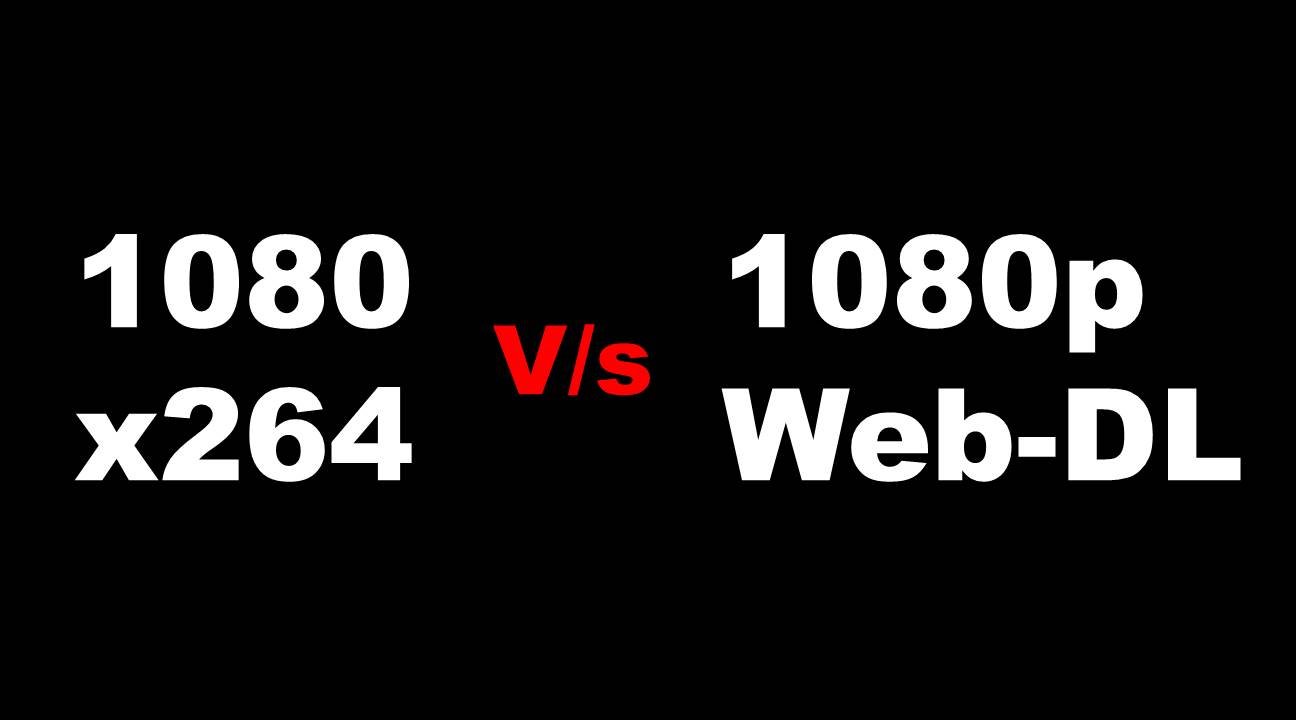
In the world of digital media, video files often come with various formats, encodings, and labels that can be confusing for the average viewer. Two terms that frequently appear when downloading or streaming high-definition content are 1080 x264 and 1080p Web-DL. While both indicate Full HD resolution, they represent different aspects of video quality, source, and encoding. Understanding these differences can help you choose the right version for your needs.
The number 1080 refers to the video’s vertical resolution — 1080 pixels tall — which, combined with a width of 1920 pixels, forms the standard Full HD (1920×1080) resolution. This resolution is widely used for Blu-ray, streaming platforms, and high-definition television broadcasts.
The “p” in 1080p means progressive scan, which displays each frame in full, resulting in smoother and sharper images compared to interlaced formats (e.g., 1080i).
x264 is not a resolution but an open-source video encoding library used to compress video into the H.264 / AVC (Advanced Video Coding) format. It determines how a video is encoded, balancing file size and quality.
Advantages of x264 Encoding:
When you see “1080 x264,” it typically means a Full HD video encoded with the x264 codec. The quality will largely depend on the source of the video and the encoding settings used by the ripper.
Web-DL stands for Web Download. It refers to videos downloaded directly from a streaming service (like Netflix, Amazon Prime Video, Apple TV+, Hulu, or Disney+) without re-encoding from a compressed source like a DVD or Blu-ray rip.
Advantages of Web-DL:
A 1080p Web-DL file is essentially a Full HD copy of a stream, retaining the original quality from the provider.
| Feature | 1080 x264 | 1080p Web-DL |
|---|---|---|
| Definition | Full HD video encoded using x264 codec | Full HD video sourced directly from streaming services |
| Source Quality | Can vary depending on rip quality and compression | High-quality source, minimal compression |
| Compression | Uses H.264 encoding, may lose some quality | Usually uncompressed or lightly compressed |
| File Size | Smaller due to stronger compression | Larger due to higher bitrate |
| Visuals | Quality depends on encoder’s skill | Crisp, clear, and artifact-free |
Your choice depends on storage, bandwidth, and viewing preference:
While both 1080 x264 and 1080p Web-DL offer Full HD resolution, they differ in how the video is sourced and encoded. Web-DL preserves the original streaming quality, making it ideal for purists who want the best picture and sound. On the other hand, 1080 x264 offers an efficient balance of quality and storage, perfect for casual viewing.
Understanding these terms ensures you pick the version that best fits your needs — whether you’re conserving space or chasing the best image possible.
Comments